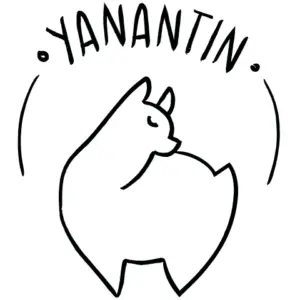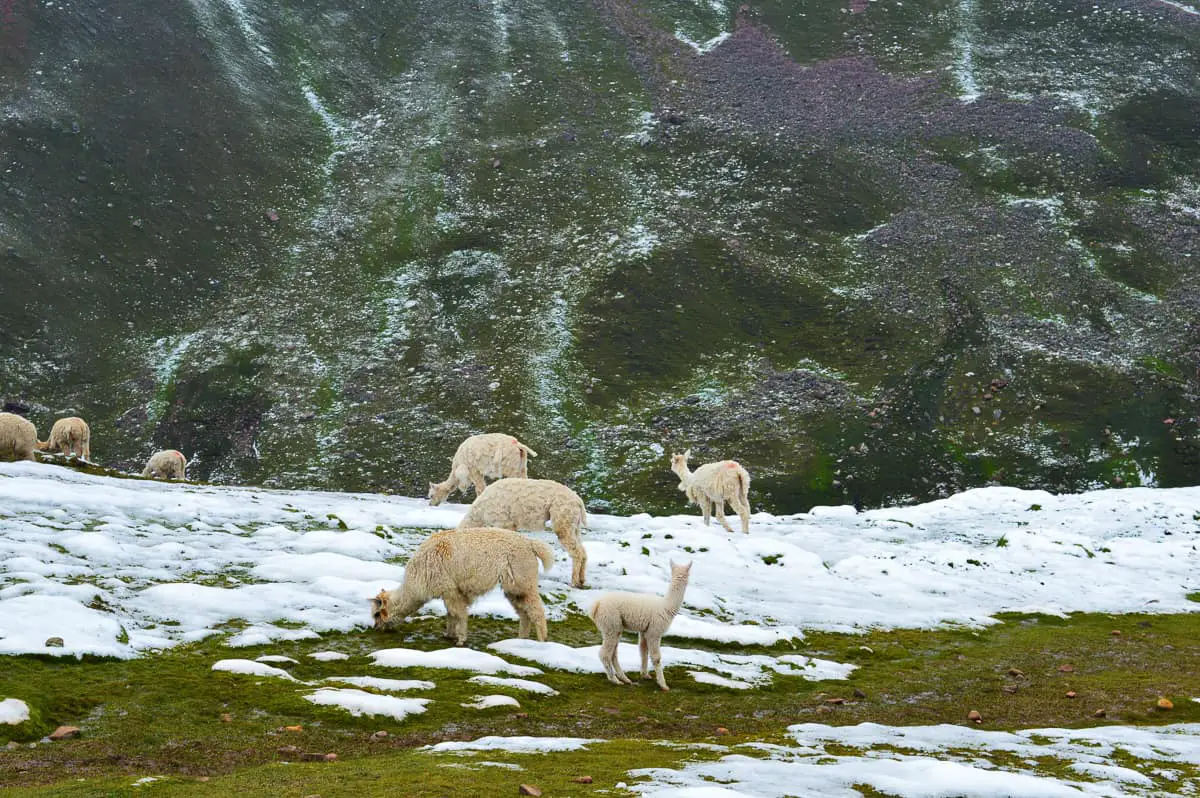If you are interested in making eco-friendlier choices when it comes to fashion, you must be interested in using alpaca woolen products. Alpaca wool is characterized by environmentally friendly benefits like durability, no need to wash it (often), and a sustainable production process. Apart from not being harmless to the environment, you might wonder if alpaca wool actually contributes to the world?
http://ccritz.com/tag/audio/ Using alpaca woolen products positively impacts the world through the support of local communities who practise native techniques that make the production process environmentally friendly and sustainable. Alpaca woolen products are essential for a minimalist and sustainable lifestyle.
While most of us arguably have enough clothes to make it through the rest of our lives, you could say that clothing is essential for survival. You could say we need clothes to a certain degree.
Given that buying clothes is inevitable, it is important to buy as little as possible and buy high quality clothes with minimal impact. In order to leave a minimal impact on our planet, we want to opt for sustainable materials that have a low impact (zero impact, ideally) on the environment and its people.
http://czechinthekitchen.com/wp-json/wp/v2/posts/1457 Alpaca wool is one of those materials.
1. Buying Alpaca Products Supports Local Communities
By buying alpaca woolen products you support local communities in low-opportunity, third world countries.
96% of the entire alpaca population lives in South America, in the Andean region specifically. I don’t know if you’ve ever been there, but if you have, you know that opportunities are limited. Many people in Andean countries live from what their land produces, but the weather is harsh and the earth not very fertile.
However… Apart from potatoes, corn and quinoa, Mother Earth has given the people in the Andes another treasure: alpacas. Alpacas have been bred and herded for centuries. They are cherished, adored and treated well. At least by the indigenous peoples.
According to an article published in 2005 by Jorge Reyna, 500,000 families in high altitude areas receive an income thanks to alpaca farming. A part of the alpacas is bred for their meat, and another part for their wool and/or skin.
- Alpaca Breeding in Peru and Perspectives for the Future. (Click the link to go to the article)
According to Andean Cosmovision, alpacas are animals of the Gods. Whether that means they were sent to Earth by the Gods, or they are Gods who alpaca-incarnated on this planet, you treat alpacas well. According to ancient beliefs and practises, you need to love and bless all life on this planet, you cannot take advantage of anyone or anything and you must always maintain Nature’s natural balance.
In practise, this means that many indigenous people will take very good care of their animalitos. And let’s be honest… How could you hurt an animal so fluffy, cuddly and beautiful? Right?!
2. The Alpaca Industry Maintains Local Traditions
Besides supporting the local communities in the Andean highlands, there is also a TON to learn from their traditions. Indigenous communities use old weaving techniques, natural plant-based dyes and good old TLC 🙂
Many alpaca producers work with small indigenous communities that sell raw alpaca wool. A factory turns the raw fleece into spun yarn, which means that the washing, combing, carding, and dying happens on a larger scale. The communities are often responsible for shearing the alpacas and providing a high quality fiber.
This way, indigenous communities are always able to sell the fleece for a reasonable price. They also don’t need to worry about the production of a high quality fiber, producing different colors, and storing and selling fibers.
This way, the alpaca is also guaranteed to remain in its natural habitat with a nice and comfy herd. Mass production of the animals remains very limited this way.
On the other hand, the reproduction of alpacas and breeding for better quality fibers is limited, too. Especially in countries like Peru and Bolivia, where people in indigenous communities are generally not very wealthy, reproduction and improving fibers is not a priority. There is limited information and resources available and thus the people will not even bother to improve their fibers.
There are, however, smaller producers of alpaca wool that do work on improving the fiber quality or producing their own yarns. I found a brand that works with all natural dyes: Threads of Peru. Their guide of natural dyes is awesome!
3. The Production Process of Alpaca Wool is Eco-Friendly
As you can imagine, everything that is being produced impacts the environment in some way. Whether it is wool from animals, cotton from plants, linen from flax, piñatex from pineapples, or polyester from oil.
This might make you believe that it doesn’t matter what you buy, but it definitely does! When you have the opportunity to choose between different fabrics, you can make a HUGE impact! Natural fibers require much less chemicals, energy, and water than synthetic fibers. They also produce much less waste than synthetic fibers. (Read more about this in this blog post from Masterclass: Natural vs. Synthetic Fibers: What’s the Difference?)
When products are eco-friendly (or environmentally friendly) it means that it is literally not harmful to the environment. Alpaca woolen products are not harmful to the environment and neither is the alpaca itself. The only thing that can be tricky with alpaca woolen products is the dye that is used, because large producers will opt for chemical dyes.
According to SF Gate, there are several characteristics of eco-friendly products:
| Characteristic of Eco-Friendly Products | Alpaca (Wool) |
|---|---|
| Non-toxic | 🗹 |
| Sustainably grown | 🗹 |
| Produced without depleting the ecosystem | 🗹 |
On top of that, alpaca wool is also organic and biodegradable (as long as it is undyed)!
4. Alpaca Woolen Products Are Durable
While it is the best solution for Mother Earth to stop buying clothes altogether, I doubt whether that is a feasible option. So, when you do buy new clothes, opt for items that are durable and long lasting, like alpaca woolen products.
Alpaca wool is strong thanks to its magnificent fiber. The structure of the fiber is thin, but the scales that it has are small and fine, making the fiber bendable and stretchable. Regular wear and tear won’t really ruin an alpaca woolen garment, it won’t start to pill easily, nor will it shed or lose its shape.
If you are wondering why these things matter, think about this: do you ever throw something away because it looks old and worn? I do… Unfortunately. A good reason to opt for alpaca wool is because you can be assured that your item will not start looking bad after wearing it twice.
If alpaca wool is taken care of properly, it can last a lifetime, or even several lifetimes!
Especially washing alpaca woolen products is tricky, as alpaca wool (just like all woolen products) is prone to pilling, shedding, felting and shrinking when it gets wet and rubbed.
- If you want to prevent accidentally washing your alpaca woolen garment the wrong way, read the step by step guide that I’ve written, here: How Do You Wash Alpaca Woolen Products?
5. Alpaca Woolen Products Are Important for a Minimalist Lifestyle
If you are interested in sustainable fashion and a sustainable lifestyle, you have probably heard of minimalism (the link will lead you to an article about minimalism by MoneyUnder30.com).
In a nutshell, minimalism is a way to reduce the material aspects of your life and focus on experiences rather than possessions. As you can imagine, an essential part of this is a minimalist wardrobe.
While there are many different ways to go about a minimalist wardrobe, in essence it is a reduced wardrobe that doesn’t buy into fastly evolving fashion trends or one-night only outfits. Possibly, you will find that minimalists also focus on good quality fabrics to ensure that they A) wear the item to begin with, and B) know that the item will last longer than a month.
If you’re eager to learn more about minimalism and a minimalist wardrobe, check out this article with 20 AWESOME tips for how to get started 🙂



